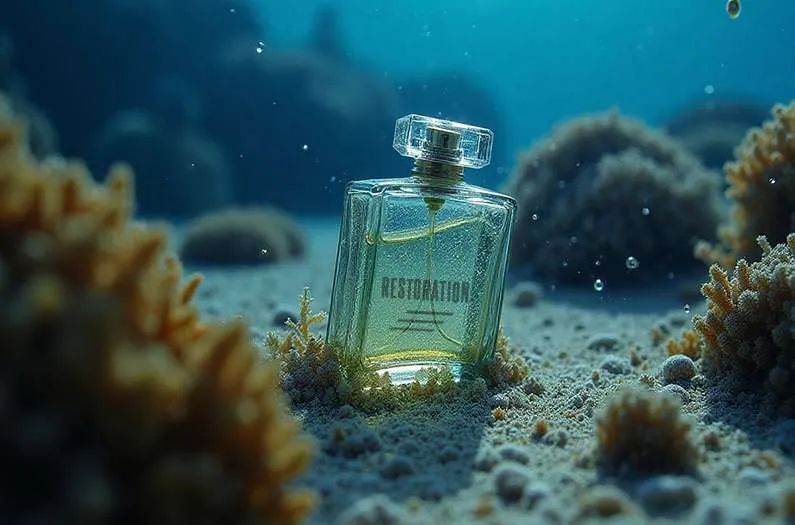

Algae “perfume” fused with high-tech materials holds promise for growing coral
In lab tests, areas painted in chemicals emitted by red algae draw 20 times more coral larvae.
By Warren Cornwall
Sign up for our monthly newsletter!
These days, coral reefs need all the help they can get.
Underwater heatwaves and pollution have taken a toll on coral, whose carbonate exoskeletons are the foundation of some of the richest ocean ecosystems. More than 80% of the world’s reefs are currently in the middle of what has been declared the largest mass bleaching event ever recorded. Global warming is expected to make the problem worse in the coming decades, threatening the existence of most of the world’s reefs.
Scientists and conservationists desperate to staunch the bleeding have resorted to all manner of strategies. Among others: planting masses of coral chunks in depleted areas, trying to boost genetic heat and disease tolerance in coral and their symbionts, installing metal reef supports and developing microbial concoctions to give coral a health boost.
Now, researchers have added another potential tool: Coating rocky surfaces in what amounts to coral-attracting perfume.
While most people think of coral as hulking, immovable sculptures, coral starts out much differently. For a number of coral species key to building reefs, colonies of coral polyps in calcium carbonate skeletons spawn by releasing bundles of eggs and sperm into the open water. It creates what people have likened to an upside-down snowstorm as the material rises toward the surface. Tiny free-swimming larvae smaller than grains of rice emerge from this stew. It’s only when these larvae settle onto a hospitable surface that they transform into the form people think of as coral.
That settling stage is a critical step in the eventual success of the next generation of coral. If they fail to settle and grow, it’s a major blow to the reef’s future. Scientists recently discovered that certain kinds of algae can play an important role in helping some kinds of coral larvae find a place to take root.
Known as crustose coralline algae or red algae, these species coat rocks much like lichen on an alpine cliff. They emit a complex mixture of fats, amino acids and carbohydrates into the water that, in some cases, is as irresistible to coral larvae as Chanel No. 5 perfume is for some humans.
If people could mimic the algae, they might be able to use it to help rehabilitate reefs by increasing the number of larvae that settle. But copying what the algae naturally does is no simple task. It’s not known exactly which molecules coming from the algae act as cues for the coral. The “scent” also needs to be present for a while and not just float away, so that larvae can find their way to the right place.
Scientists turned to an unusual melding of marine biology and high-tech engineering for a solution. “It’s really exciting to be able to learn from adjacent disciplines like materials science and bioengineering,” said Daniel Wangpraseurt, a marine biologist at the University of San Diego’s Scripps Institution of Oceanography involved in the research. “I think a lot of the technologies for restoring and protecting our environment are already there, we just need to look outside the box into other fields of study.”
Wangpraseurt and his collaborators extracted and enriched the brew released by a particular species of algae. They encapsulated it in little microscopic silica shells, then embedded the particles in a gel that would harden when exposed to light. Then they painted the gel onto pucks of calcium carbonate. The setup was designed to gradually release the algae molecules for a month or more.
When coral larvae were released into a tank of saltwater, six times more of them settled on pucks covered in the gel, compared to untreated ones. When the scientists had water flowing through the tank to create a more realistic environment, 20 times as many larvae attached to the gelled pucks, the scientists reported May 14 in the journal Trends in Biotechnology.
If the researchers can figure out how to produce this gel on a large scale, it could help conservationists re-grow reefs with greater genetic diversity, increasing the chances they can withstand stress.
Traditionally, reef restoration has relied on using fragments of coral plucked from just a few naturally growing colonies. People have had much more success growing these coral clones than raising new larvae and coaxing them to settle.
A major downside, though, is a lack of genetic diversity when those fragments are planted in reefs. The risk was highlighted in 2023, when record-setting water temperatures off the coast of Florida devastated coral-growing operations there. Coral produced through sexual reproduction fared better, prompting scientists there to call for more emphasis on this approach.
“If there’s a warming event or a disease outbreak, it can wipe out the whole population. Ideally, we want to recruit corals naturally, which can introduce genetic diversity to the population and enhance their resilience,” said Wangpraseurt.
There’s a lot more research needed before anyone starts deploying gel-coated surfaces in natural reefs on a massive scale. The current study used just a single red algae and species of coral. But the scientists are already working to scale up production.
Warren Cornwall is a freelance journalist based in Bellingham, Washington His work has appeared in the New York Times, the Boston Globe Magazine, and the Seattle Times. He is a contributing correspondent for Science.
Image: ©Anthropocene Magazine (AI-generated)
This article previously appeared in Anthropocene.
References
Kundu, et. al. “Biomimetic chemical microhabitats enhance coral settlement.” Trends in Biotechnology. May 14, 2025
Plantings
Issue 48 – June 2025
Also in this issue:

The Human and Ecological Costs of Perfume: A Call for a Social Ecological Perspective in the Fragrance Industry
By Nuri McBride
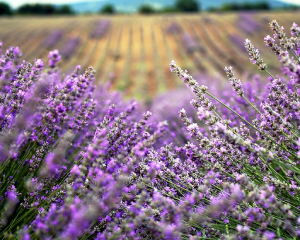
The Air We Breathe, the Life We Share
By Gayil Nalls

Olfactory Borders: How Rising Seas Are Rewriting the Scent of Coastal Landscapes
By Gayil Nalls
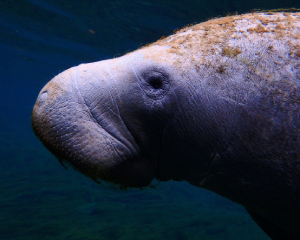
Manatees as Gardeners of the Amazon: The Ecological Role of Trichechus inunguis in Seed Dispersal, and Plant Diversity
By Gayil Nalls
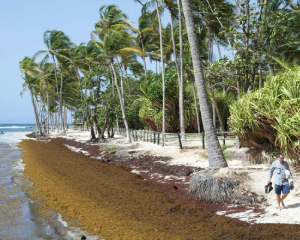
Sargassum is choking the Caribbean’s white sand beaches, fueling an economic and public health crisis
By Farah Nibbs
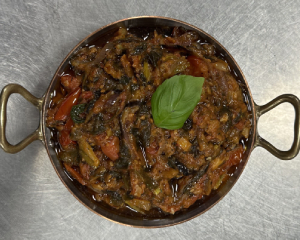
Eat More Plants Recipes:
Wakatouille
Wakamé Seaweed Ratatouille
By Chef Romain Delacretaz of La Table Marine, Nice, France
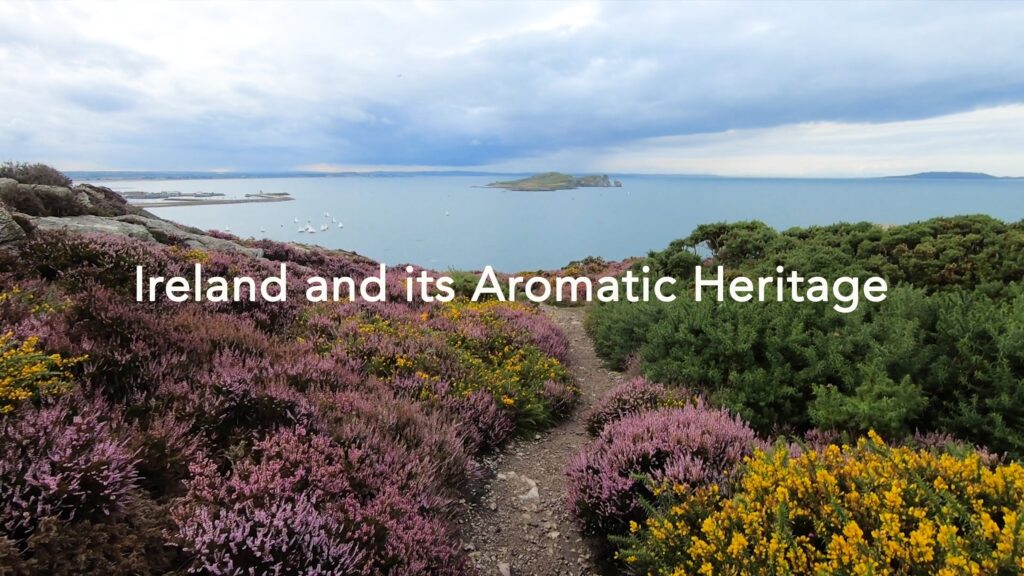
As Ireland transitions from the rich, smoky scent of peat-burning to a more sustainable future, its olfactory heritage is evolving. What will become the next iconic aromatic symbol of Ireland?
Click to watch the documentary trailer.

